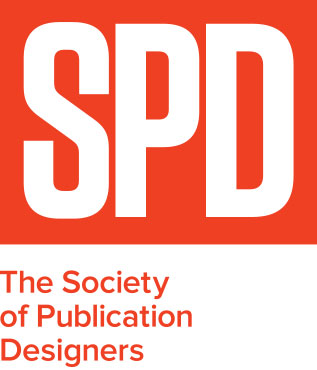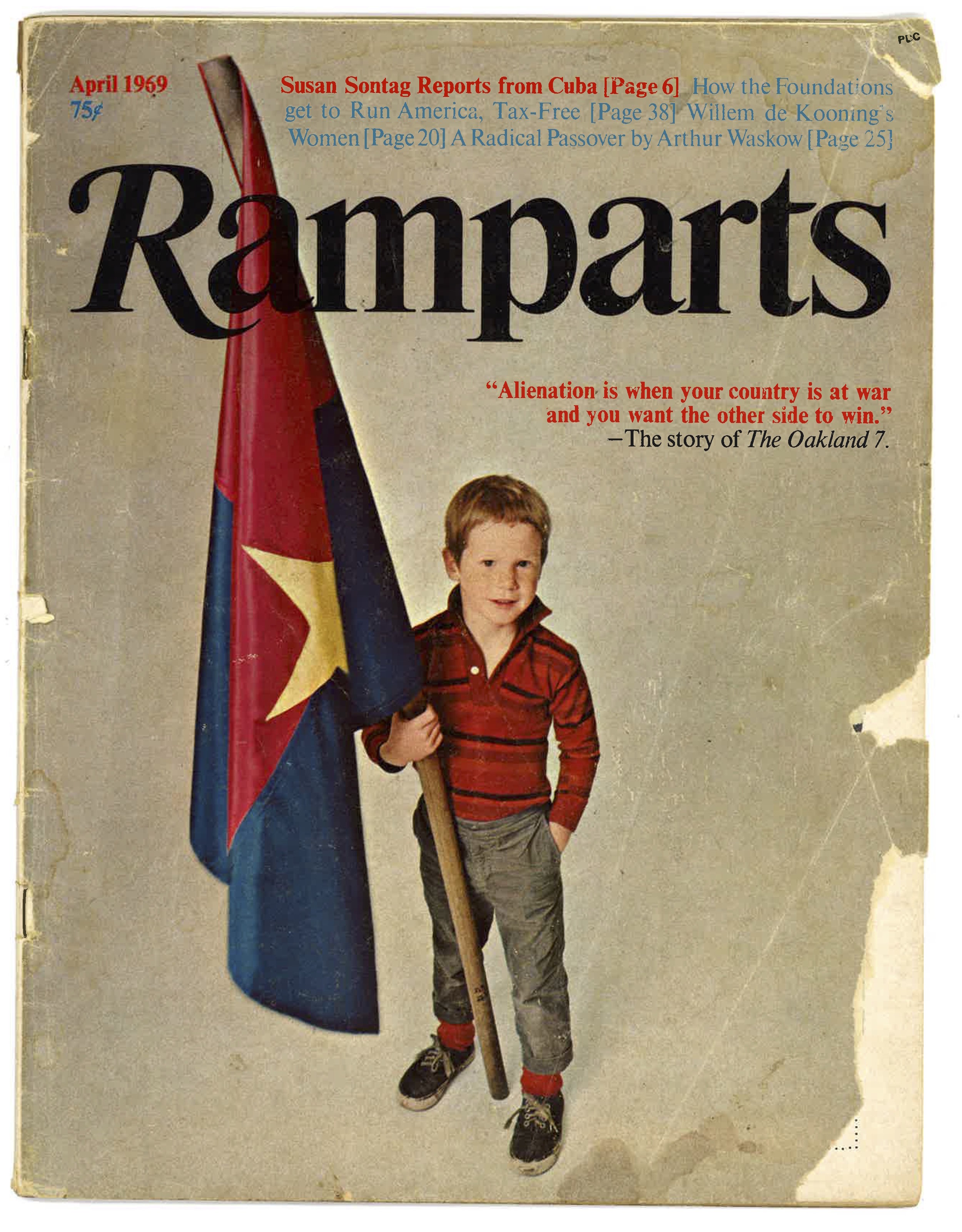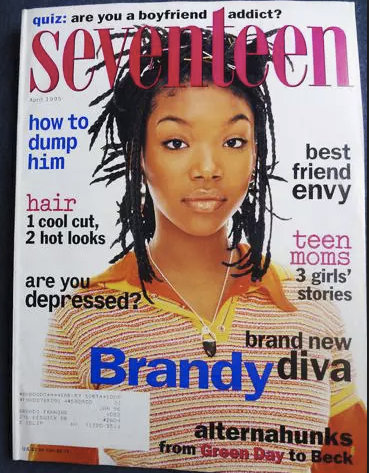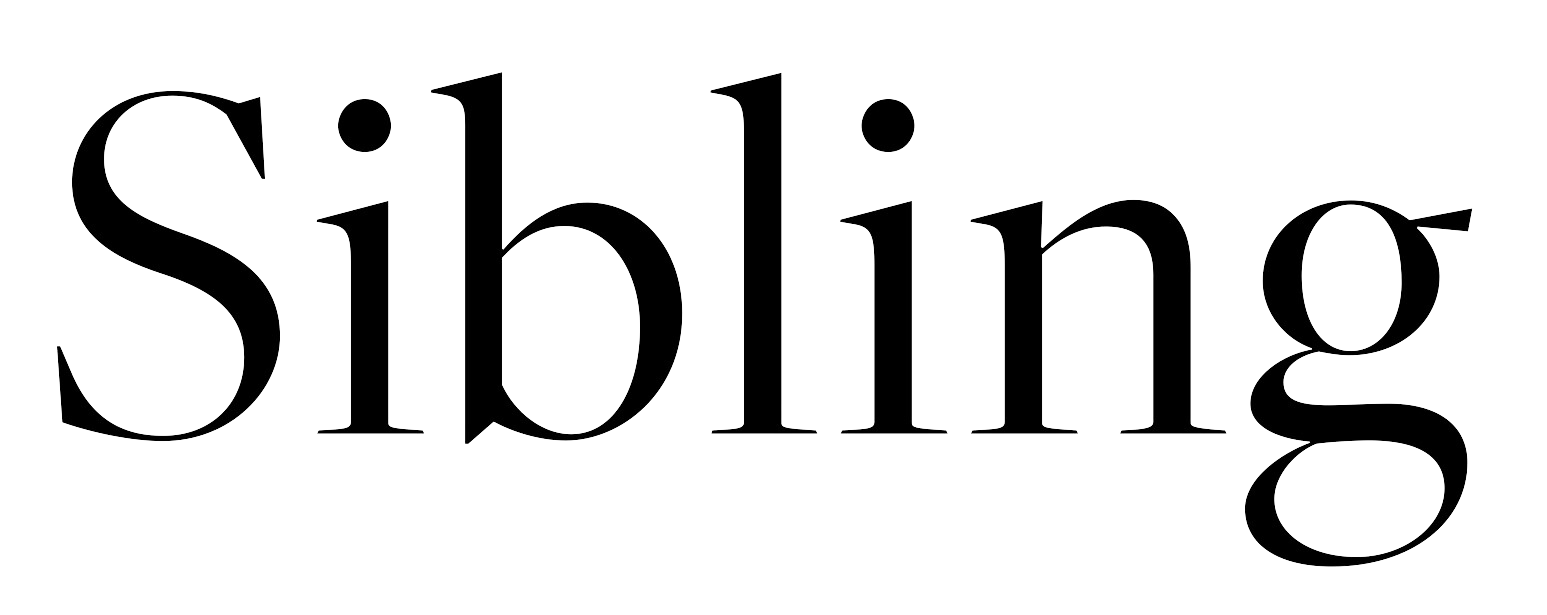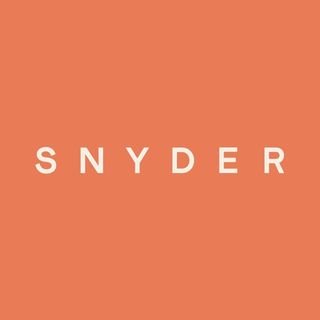Sasha Erwitt, Photographer & Photo Editor
/Sasha Erwitt: The first magazine I fell in love with was YM, and it was a lifegoal, realized, when I got to work there as a Photo Editor in 2003. I was a fan of the magazine back in the mid 90s when I was at boarding school and frequently in search of personal grooming tips, quizzes to find out what kind of person I was, relevant celebrity profiles and social etiquette quandaries. Searching for answers on the Internet was not a thing yet. I loved the practical knowledge combined with entertainment and lifestyle info that the magazine provided. They always had the best celebs -- Liv Tyler, the 90210 cast members, Marky Mark... it wasn't edgy like Sassy or cheesy like Seventeen.
I'm not sure who the creatives were at the time I fell in love with the magazine but when I got there in 2003 there was an amazing team in place - Elizabeth Kiester the fashion director brought so much passion and heart to every project and made things FUN. Amy Demas was the Creative Director who shared Elizabeth's vision & attitude and welcomed my photography input.
I think I've always been drawn to photos with that same general vibe: dynamic, environmental, happy and natural, and not edgy-for-edginess-sake.
